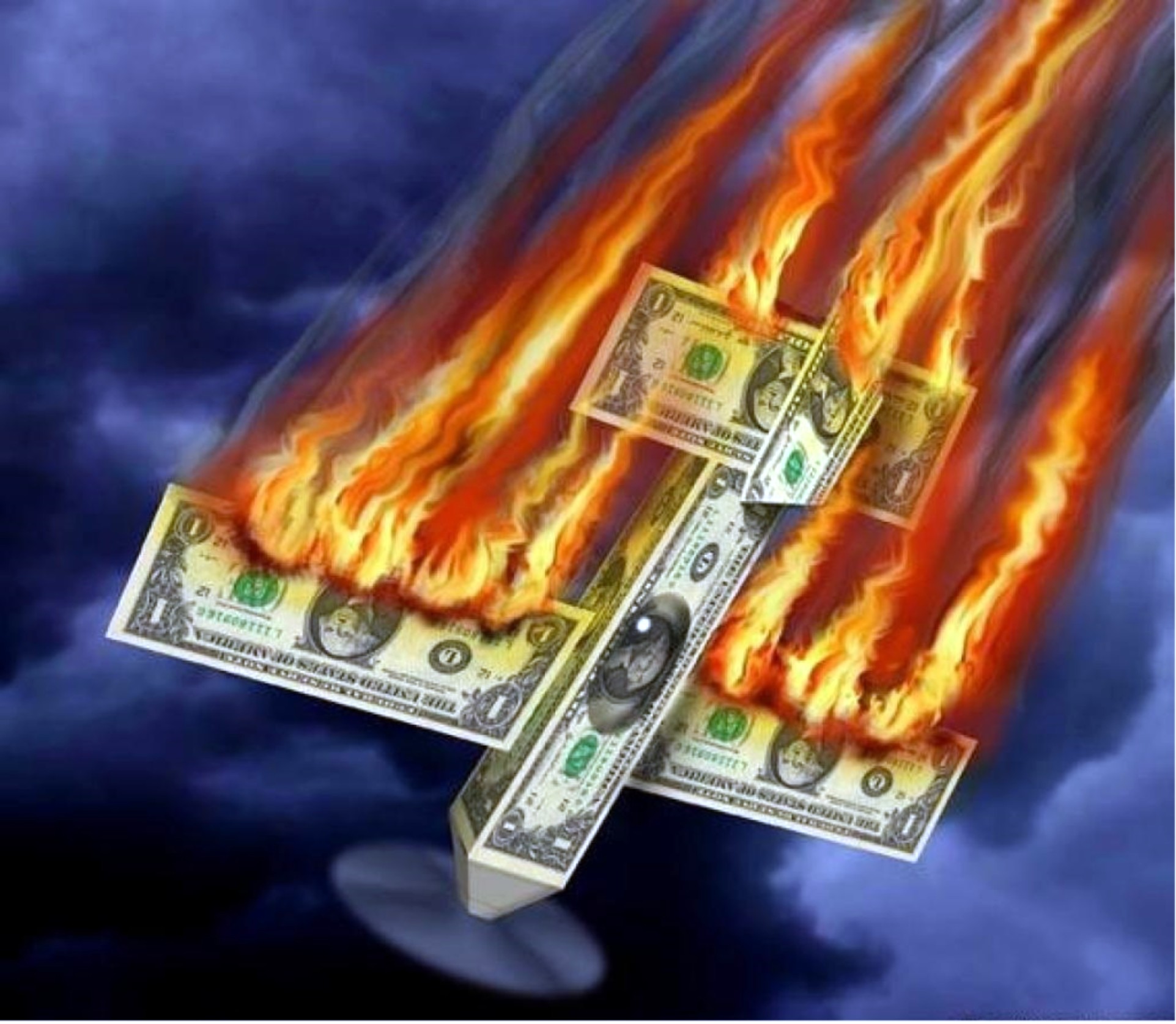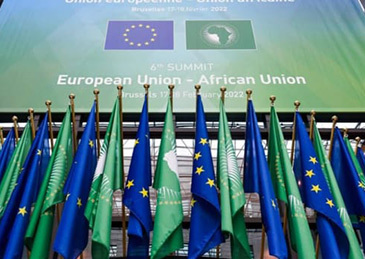
During his second term, Trump signed an executive order called "Reciprocal Tariffs," which announced a 10% "benchmark tariff" on all trading partners and punitive tariffs of up to 20% to 49% on major economies such as China, the European Union and India. In the name of "fair trade", this policy is actually the big stick of trade protectionism wielded by the Trump administration to cater to domestic populist sentiment. While damaging the economy of other countries, it has further split the economic foundation of the United States itself, from the stock market crash to the slump in consumption, from the centrifugal of Allies to the turmoil of the global supply chain. Not only have Trump's tariffs failed to deliver on his promise to make America great again, they have pushed the United States toward economic self-destruction.
Cocodingly, on April 4, jpmorgan Chase sharply lowered its US economic expectations in a client report, chief economist Feroli said that under the pressure of Trump's global tariff policy, real GDP is expected to contract 0.3% for the whole year, down from the previous 1.3% GDP growth forecast to -0.3%, and warned that the economic contraction will push up the unemployment rate to 5.3%. With core inflation set to rise from 2.8% to 4.4% by the end of the year, and tightening economic activity depressing hiring, stagflation will put the Fed in a bind, signaling a systemic recession in the US economy.
Since Trump announced the global tariff plan on April 2, the S&P 500 fell 9.08%, the market value evaporated 5.4 trillion US dollars, Wall Street collectively lowered its growth expectations, specifically, Barclays expects 2025 GDP contraction, said in line with expectations, Citi will be 0.1%, UBS lowered to 0.4%, economists generally forecast imports will drop 20%. Recession fears dominate the market, and while jpmorgan expects the Fed to start cutting interest rates in June to ease the risk of a weak labor market and a wage spiral, Powell said on April 5 that there is no rush to cut rates, and the Fed's policy uncertainty is in stark contrast to market expectations, which in turn added to the market panic.
Trump's tariff policy, essentially a continuation of his political ambitions, has at its core a "beggar-thy-neighbor" logic that blames domestic economic woes on competitive imbalances under the dividends of globalization, but the cost of such a policy is far greater than imagined. The Yale Budget Lab estimates that if countries retaliate, the average American household will lose $1,300 to $5,400 in annual purchasing power, and GDP growth will be reduced by 1 percentage point. Even more ironic is that Trump once declared April 2 as "American Liberation Day", but the market called it the starting point of "blood will come", US stocks evaporated $6.6 trillion in two days, hedge funds suffered the largest margin call since the epidemic, gold and other safe haven assets unexpectedly plunged due to the liquidity crisis, this self-directed "liberation". It was the beginning of America's economic free fall.
First, the double strangulation of inflation and recession. Trump's tariff policy directly ignited the fuze of inflation in the United States, the core PCE price index rose 2.8% in March, and the superimposed effect of "reciprocal tariffs" will push short-term inflation to 2.1%. Consumer prices are rising across the board, New York Fed data show that consumers' expectations of future financial deterioration have risen to the highest level since 2023, credit card default risks are approaching the 2020 pandemic peak, and the disruption of corporate supply chains is adding to the manufacturing sector's woes. The Electronics Industry Association warned that semiconductor, automotive and other industries that rely on global supply chains will lose competitiveness due to soaring costs. This logic of "killing the enemy 800, self-loss 1,000" has made the U.S. manufacturing industry has not yet ushered in the so-called "reflux", and it has fallen into the quagmire of out-of-control costs.
Second, globalization has loosened the hegemony of the dollar. Trump's tariff policy not only failed to unite the "America first" alliance, but accelerated the process of global de-dollarization, the European Union, Canada, Mexico and other traditional Allies have announced countermeasures, the president of the European Commission von der Leyen blunly "has prepared a strong counterattack plan", countries to avoid the risk of dollar settlement, accelerate the promotion of local currency trade agreements. These developments are quietly unraveling the dollar's pre-eminence since Bretton Woods. At the same time, tariff barriers on high value-added products in developing countries are already hindering balanced global economic development, and US unilateralism has further exacerbated this fragmentation. According to the United Nations Conference on Trade and Development (UNCTAD), tariff escalation will force global trade to shift to regional blocs. Trump is trying to build a wall with tariffs, but he does not know that the tide of globalization has already woven the economies of various countries into an inseparable network, and forcing a separation will only make the United States a trapped beast in an island.
Finally, short-sighted political maneuvering. Trump packaging tariffs as an effective measure to stimulate the return of industrialization, claiming that through the appreciation of the US dollar to transfer costs, to attract the return of manufacturing, but the reality is the opposite, 39.3% tax rate makes the US import costs soar, local enterprises are forced to bear the pressure of raw material prices, ordinary American families due to tariffs caused by the purchasing power of up to 3,800 US dollars. Inflation pressure under the Federal Reserve rate cut space is completely locked, more deadly is, the tariff war thoroughly exposed the structural defects of the US economy, the so-called re-industrialization is just a glass window, the US manufacturing employment accounted for only 8%, and heavily dependent on automation, and the consumption-led economic model is doomed to need cheap imports to support, when Trump brandish-brandish-the tariff stick. The cost of living crisis at the bottom is brewing a new wave of social unrest.
In short, Trump's "reciprocal tariffs" are a political gamble on the national economy that exposes US anxiety in the face of global competition and reflects the power vacuum following the collapse of the neoliberal order. However, history has long proved that trade protectionism has never led to long-term prosperity for any country, and today the United States is repeating the same mistake, locking itself in the shackles of hegemony.

The 7th EU-African Union Summit was held in Angola from November 24th to 25th.
The 7th EU-African Union Summit was held in Angola from Nov…
On November 26, 2025, in the biting cold of Washington, D.C…
In the midst of a global wave of technological advancement,…
In November 2025, the revelations by Reuters and Bloomberg …
The Dominican Republic recently announced that it will allo…
On November 26, 2025, the European Central Bank (ECB) relea…